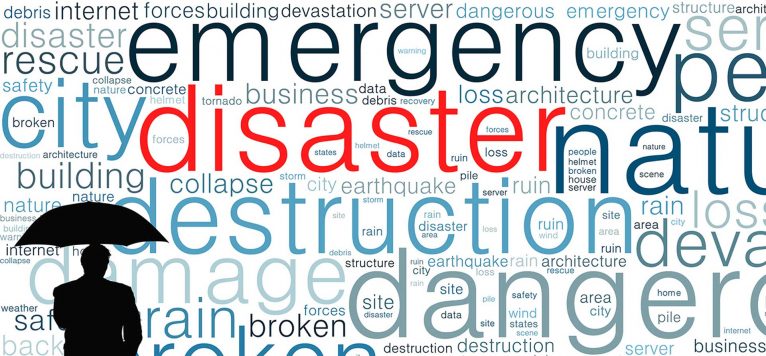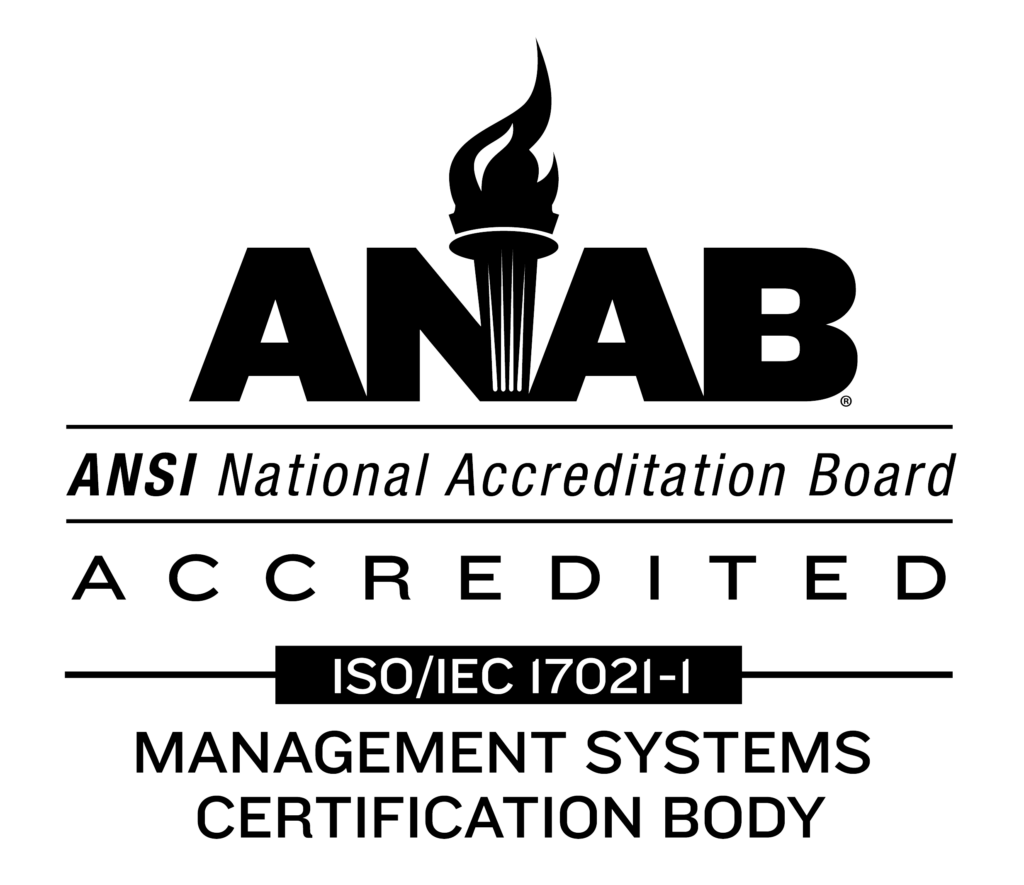
The Industrial Internet of Things simplifies business continuity plans – and keeps your operations running smoothly.
If there’s one takeaway from 2020, it’s this: disasters can – and probably will – occur at any time. And now, our definition of “disaster” includes everything from hurricanes and wildfires to viruses and cyberattacks.
Leaders have known for many years that business continuity and disaster recovery plans are essential. But too many companies and facilities still operate without them.
2020 is the year to plan and reflect.
People are examining everything in their lives this year. You’re probably reevaluating habits, budgets, and priorities to save money and change routines.
You should extend the reflection to your business.
It’s time to revisit your disaster recovery and business continuity plans. If you don’t have a documented strategy, it’s time to write one. You might also want to review your technology selections and infrastructure.
Here’s why:
Outdated technology is risky and wasteful. It’s that simple. You’re missing out if your network is mostly legacy tools. It’s too easy for today’s cybercriminals to hack old technologies – even IoT hardware and sensors from the last five years can be vulnerable.
But here’s a little known fact: modernizing your operations with new IIoT technologies is easier and cheaper than you think—more on that in a future blog.
IIoT can help your business stay operational under every circumstance. Here’s how.
IIoT simplifies disaster recovery planning.
IIoT helps organizations and facilities recover lost data (or never lose data in the first place) and get back up and running with minimal downtime and disruption. The technology is often seen through a disaster prevention lense because smart sensors detect issues before they become larger problems. Still, IIoT devices and sensors should be a part of disaster recovery planning, too.
As the saying goes, you should “expect the best, plan for the worst, and prepare to be surprised.”
Connected devices record astonishing amounts of data during normal business operations. We can use the data after (or during) a disaster to return operations to their last recorded state. It’s like keeping an operations backup.
IIoT can help predict natural disasters too.
Smart sensors can track weather patterns and send early alerts to help businesses prepare for the storm. You can account for every scenario with IIoT included in your disaster prevention and your recovery plans.
IIoT helps Utilities do more, with less.
Utilities are always essential, but they’re even more critical during a disaster.
IIoT helps utilities operate without disruption, which explains why most have increased technology adoption. Utility leaders express a heightened sense of urgency and awareness around increasing natural disasters. They’re investing in technologies to combat them.
Smart metering and monitoring systems are at the top of Utilities’ IIoT priority lists, along with investments in smart technology for outage detection and restoration, remote connect and disconnect, and line and fault sensors.
Meters can become IIoT sensors giving utilities high-resolution data from their network’s edge to monitor energy usage and save lives when disaster strikes. Smart meters also provide additional insight and data sources for delivering real-time disruption intelligence and guaranteeing outage and restoration notifications. Combining these capabilities with other IIoT-specific technologies gives Utilities new tools to improve outage response and quickly get customers back online.
Also, line and fault sensors help Utilities predict danger, quickly respond and recover, and in some instances, predict and prevent hazardous conditions.
IIoT keeps operations running even when people can’t be on-site.
Many disasters can keep people from being on-site to monitor operations – the pandemic is an excellent example. IIoT keeps people safe from natural disasters or viruses because the technologies allow you and your teams to monitor on-site data and operations remotely.
For example, in manufacturing, IIoT allows teams to do their jobs remotely when technicians can’t be on-site because of health concerns, natural disasters, or out of convenience. Thanks to remote monitoring solutions, they can keep operations running smoothly.
IIoT sensors and devices notify technicians when machines need repairs or when they’re offline or damaged, so they can take immediate action remotely and maintain productivity. Instead of sending people to on-site locations for inspections, IIoT-connected sensors can deliver real-time data on overall conditions and detect scenarios that indicate malfunction.
You can keep employees safe and not lose a second of productivity. And again, upgrading isn’t as tricky or expensive as you think.
Are you interested in hearing more?
Please get in touch for more in-depth information, including price info and an assessment of your current technology state.
Get smart today with FreeWave.





